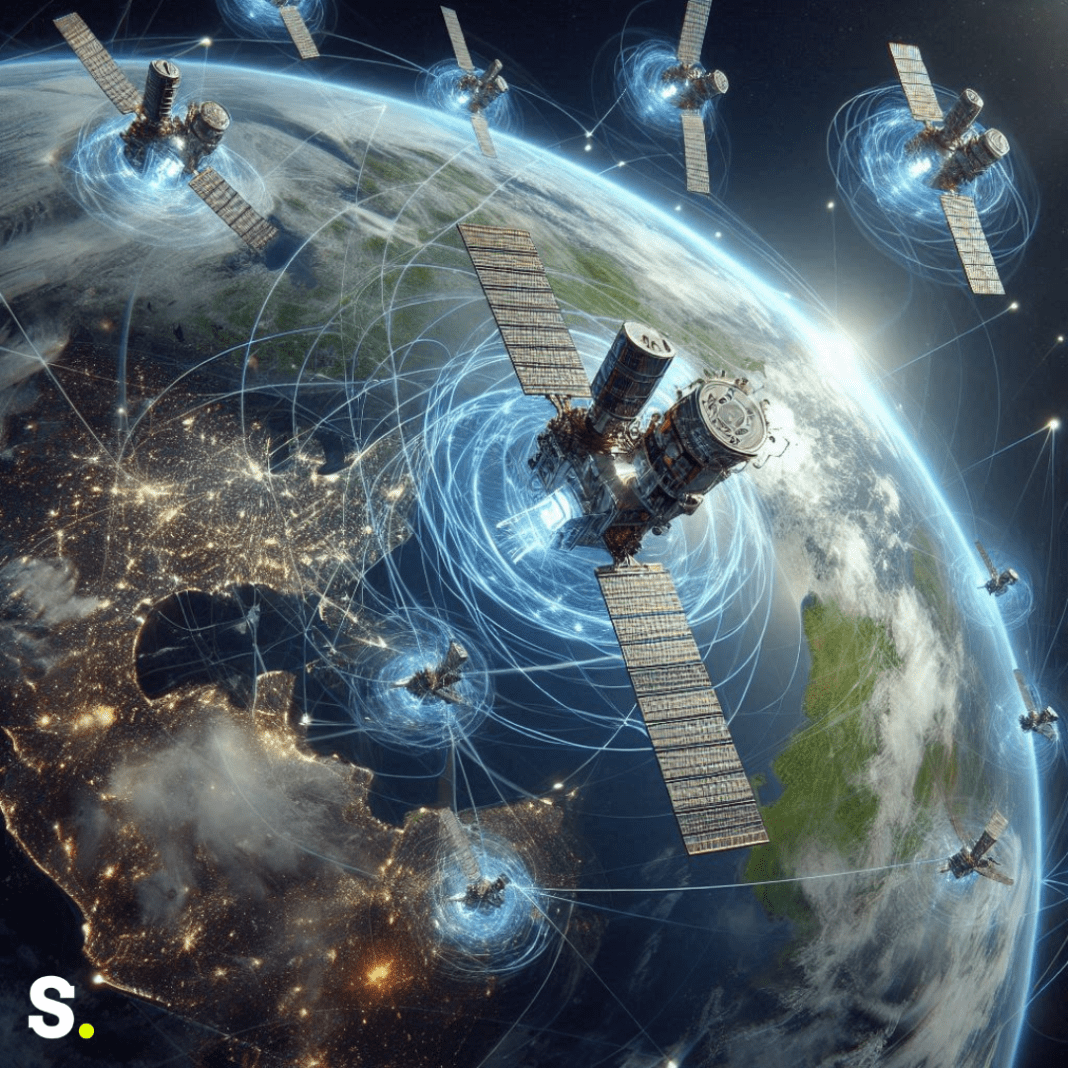Global Positioning System (GPS) technology, originally developed for military purposes, has become an integral part of daily life. From smartphones to cars, airplanes, and even drones, GPS receivers are embedded in numerous devices. Despite its widespread use, GPS is vulnerable to jamming. The technology has evolved into a comprehensive network of satellite systems, including the American GPS, Russia’s GLONASS, Europe’s Galileo, and China’s BeiDou, collectively known as Global Navigation Satellite Systems (GNSS).
This widespread adoption has made it nearly impossible for someone to get lost. In aviation, GPS has revolutionized navigation. Aircraft once relied on ground-based systems, but now GPS-based area navigation is standard. Many airports, including local airfields, use GPS approaches, eliminating the need for ground-based navigation aids. In the U.S., the number of ground-based aids is decreasing as GPS becomes the primary source of navigation. This trend is so dominant that some ground facilities are being left unrepaired as they become obsolete.
The Role of GPS in Modern Aviation and Technology
GPS is not limited to navigation; it is increasingly integrated into sophisticated aircraft avionics. For instance, my plane’s compass functions as a directional gyro, driven by GPS data. Systems measuring wind speed and angle of attack indicators also rely on GPS information. Therefore, any disruption to GPS signals can have significant repercussions, affecting not only navigation but also essential instrumentation.
A recent incident highlighted these vulnerabilities when Finnair had to cancel a new route to Tartu, Estonia, due to GPS jamming. While the culprit was not publicly identified, open-source intelligence traced the interference to Russia. Aircraft broadcast their GPS location via ADS-B, and anomalies in these signals can indicate GPS interference. By mapping these glitches, analysts pinpointed the source of the jamming near St. Petersburg and another in the Kaliningrad region.
The Strategic Importance and Historical Context of Kaliningrad
Kaliningrad is a unique geopolitical entity, a part of the Russian Federation but geographically separate, nestled between Poland and Lithuania on the Baltic coast. Its historical significance is profound; formerly known as Königsberg, it was an easternmost city of Germany until World War II. After the war, it was annexed by the Soviet Union and renamed in honor of Mikhail Kalinin, a Soviet leader involved in the Katyn massacre, where thousands of Polish prisoners of war were executed.
Today, Kaliningrad remains crucial for Russia, serving as its only ice-free port in the Baltic. This strategic importance makes it a focal point for military activities, including GPS jamming. Such jamming is not only prevalent in Kaliningrad but also around Ukraine, where GPS interference is used to disrupt the navigation of consumer-grade drones.
The Broader Implications and Legal Considerations of GPS Jamming
Internationally, the International Telecommunication Union (ITU) prohibits GNSS interference, yet enforcement is lax. While Russia’s actions are well-documented, other nations also possess jamming capabilities. The technology required to jam GPS is relatively simple. GPS satellites are thousands of miles away, emitting very weak signals that can be easily overwhelmed by stronger, local interference. Even accidental jamming is possible, such as when certain radio frequencies create harmonics that interfere with GPS signals.
More nefarious uses of jamming include industrial sabotage, as seen in China where rival advertising companies allegedly jam drone light shows to disrupt competitors. Beyond navigation, GPS jamming can affect other systems reliant on satellite timing, such as cell phone networks. These networks use GPS signals to synchronize clocks across cell towers. Loss of GPS timing can lead to network disruptions, affecting communication even if the data itself does not rely on satellite transmission.
GPS Spoofing: A More Sophisticated Threat
While jamming disrupts signals, spoofing deceives devices by broadcasting false GPS information. This sophisticated attack can mislead GPS receivers into calculating incorrect positions. Spoofing requires detailed knowledge of satellite positions and precise timing, making it more challenging than jamming.
Spoofing can target specific devices or areas. For instance, researchers have demonstrated the ability to control a drone by feeding it spoofed GPS signals, making it believe it is stationary while actually being guided elsewhere. This method could potentially mislead precision-guided munitions or other critical systems.
The Challenges of Countering GPS Interference
Countering GPS interference is complex. Jamming signals can be localized and powerful, overwhelming weak satellite signals. Detecting and mitigating spoofing attacks requires advanced technology and real-time analysis. Despite these challenges, maintaining the integrity of GPS and GNSS is crucial for global navigation and communication.
While GPS has transformed modern life, its vulnerabilities pose significant risks. From aviation safety to communication networks, the reliance on GPS requires robust measures to protect against jamming and spoofing. As technology advances, so too must our defenses against these evolving threats.




